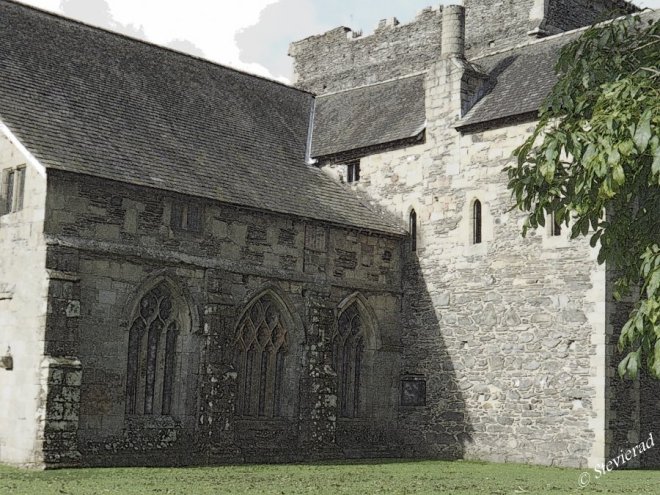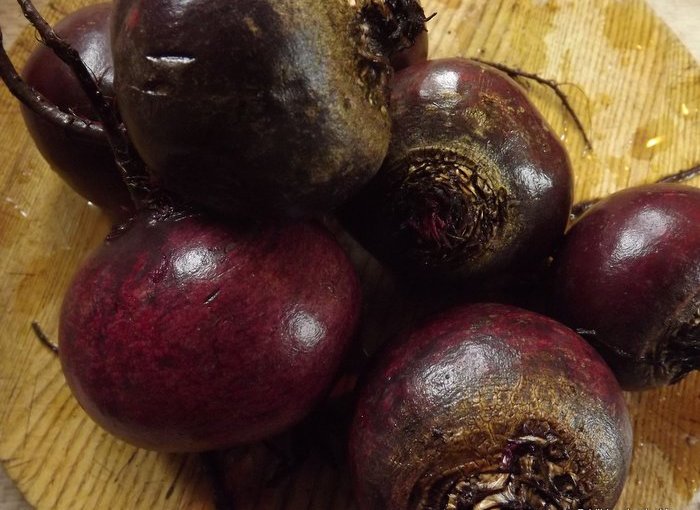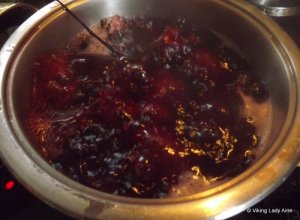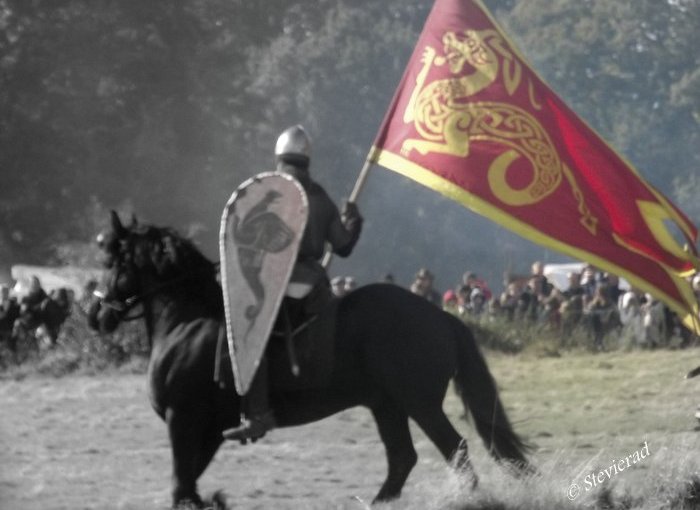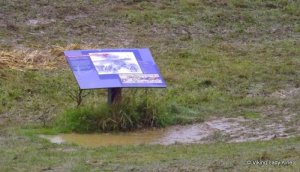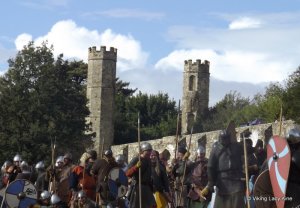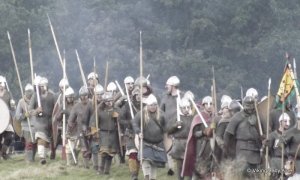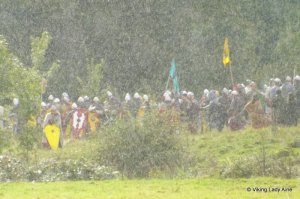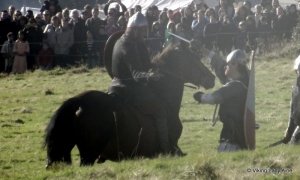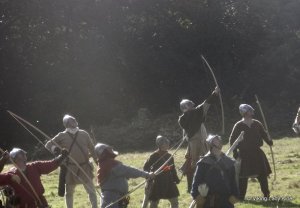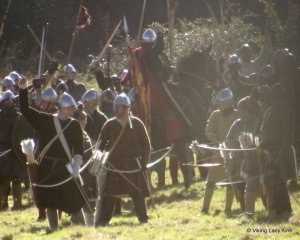This dyeing lark can becoming a bit addictive!! Since I started I find myself looking at plants in a whole new light; where before I thought about texture, colour and where the plant would fit in my garden, I now find myself looking at a plant and wondering what colour would it give to my wool? This now also seems to apply to the vegetables I cook!
After my beetroot experiments. someone mentioned red cabbage as another plant that gives unexpected results. Naturally I had to give it a go, so I went back to the greengrocer (he really is a lovely man) and got some cabbage.
While I have no proof that the vikings would have used red cabbage as a dye stuff, it is another example of a colour which my be achieved from using natural dyes.
I used the same principle as the beetroot (twice the weight of dye material to the weight of wool), and the same method of preparing the dyebath.

I used some wool that I had mordanted with alum before, and when I first added the wool I was quite hopeful of getting a pinky rose colour; it looked quite promising.
But one thing that natural dyeing has taught me is that things are seldom as they appear; after half an hour the wool had changed colour again…….. to a more slate blue.
After simmering for an hour, washing and rinsing, here’s what I got…………….. blue! A very nice blue.
It’s another good colour to add to the previous ones.
However I have been told that red cabbage is not completely light fast (and that it may fade in colour). I’ll just have to keep an eye on it and see if that’s true or not.
Now, what else have I lying in my fridge?














